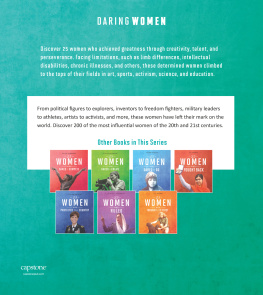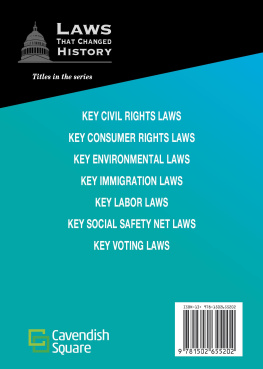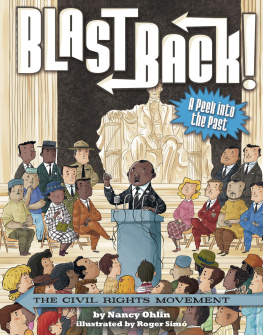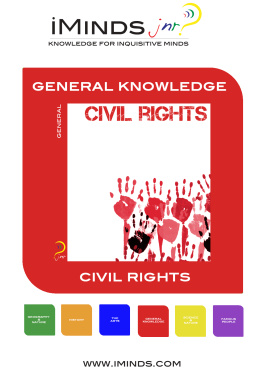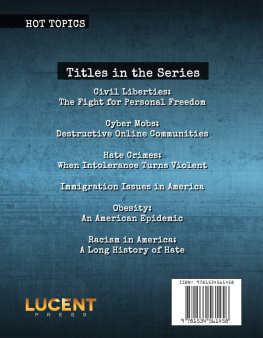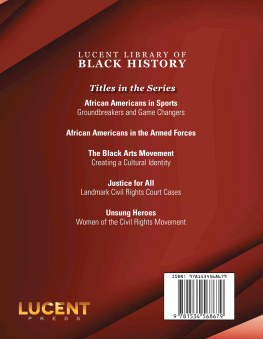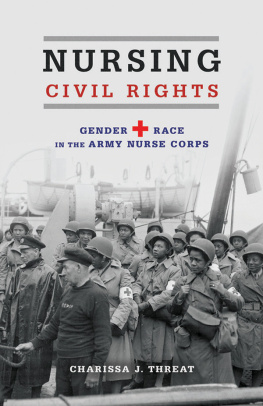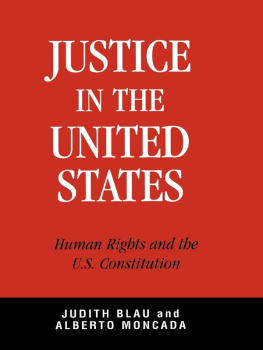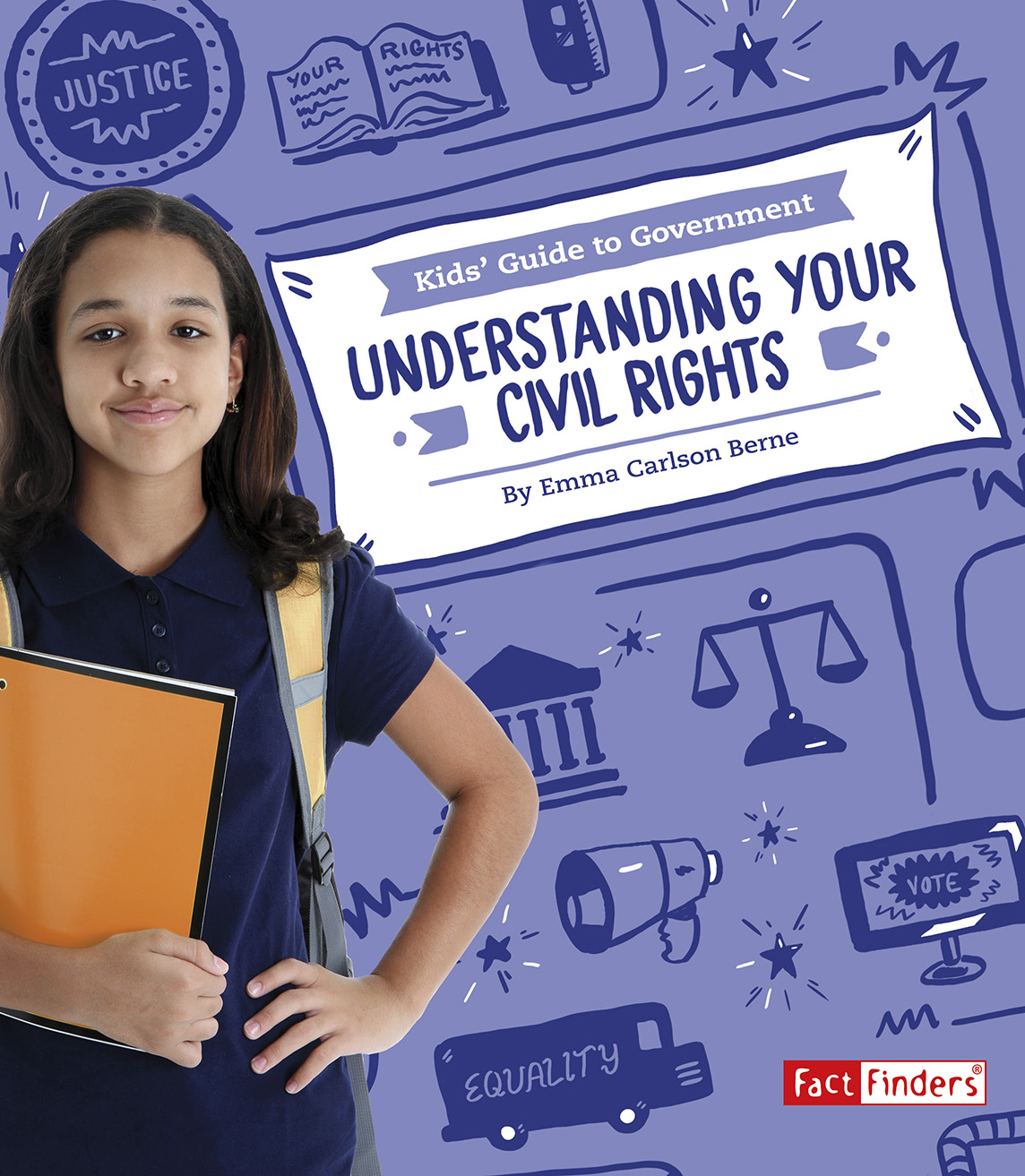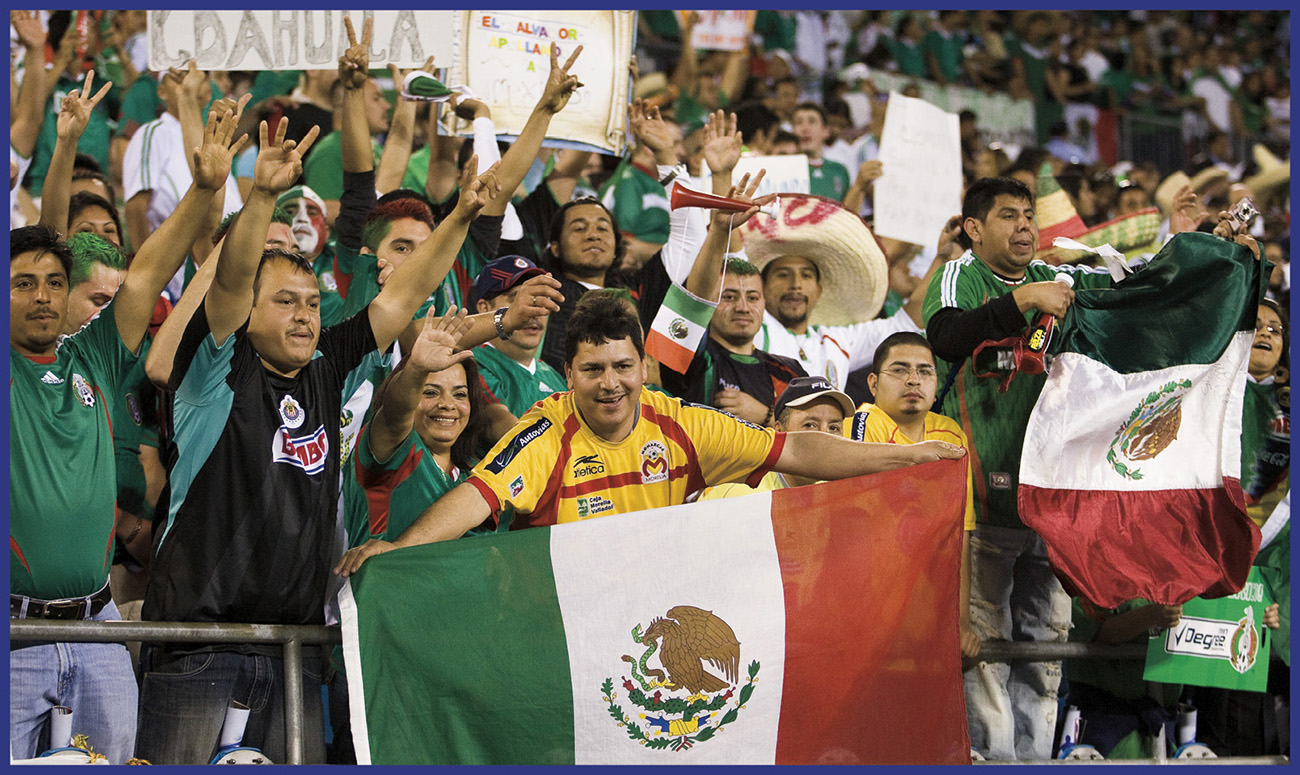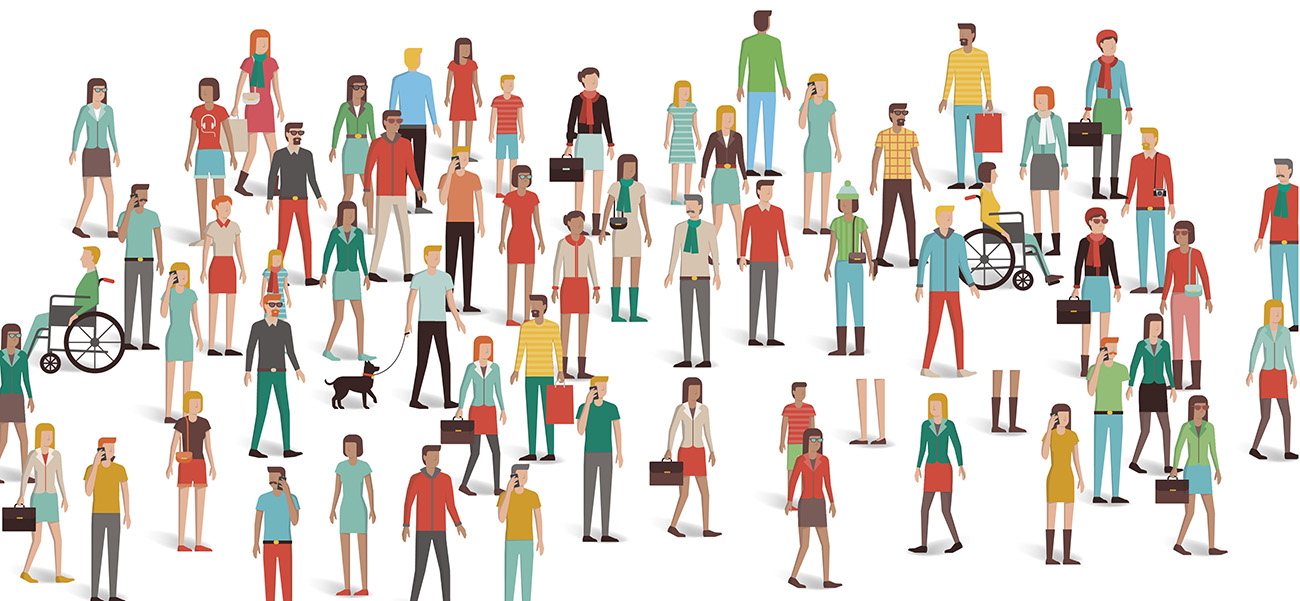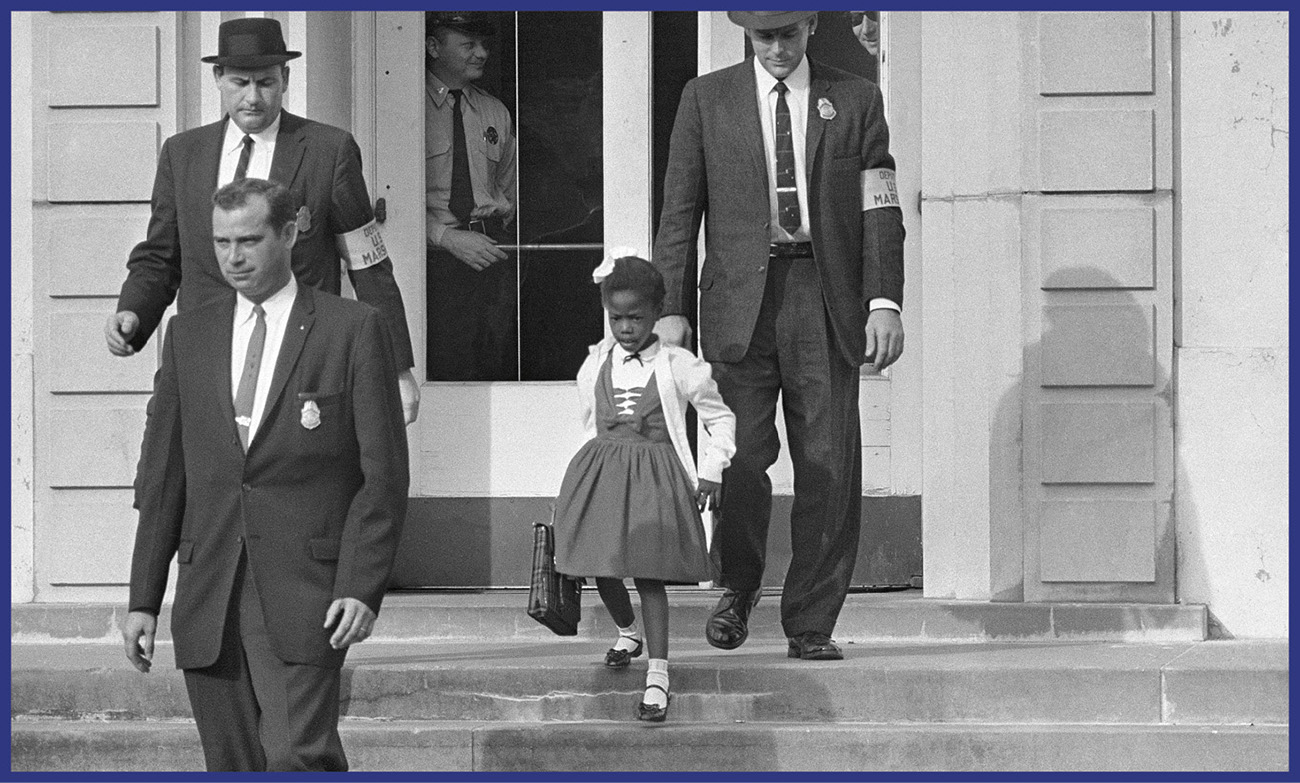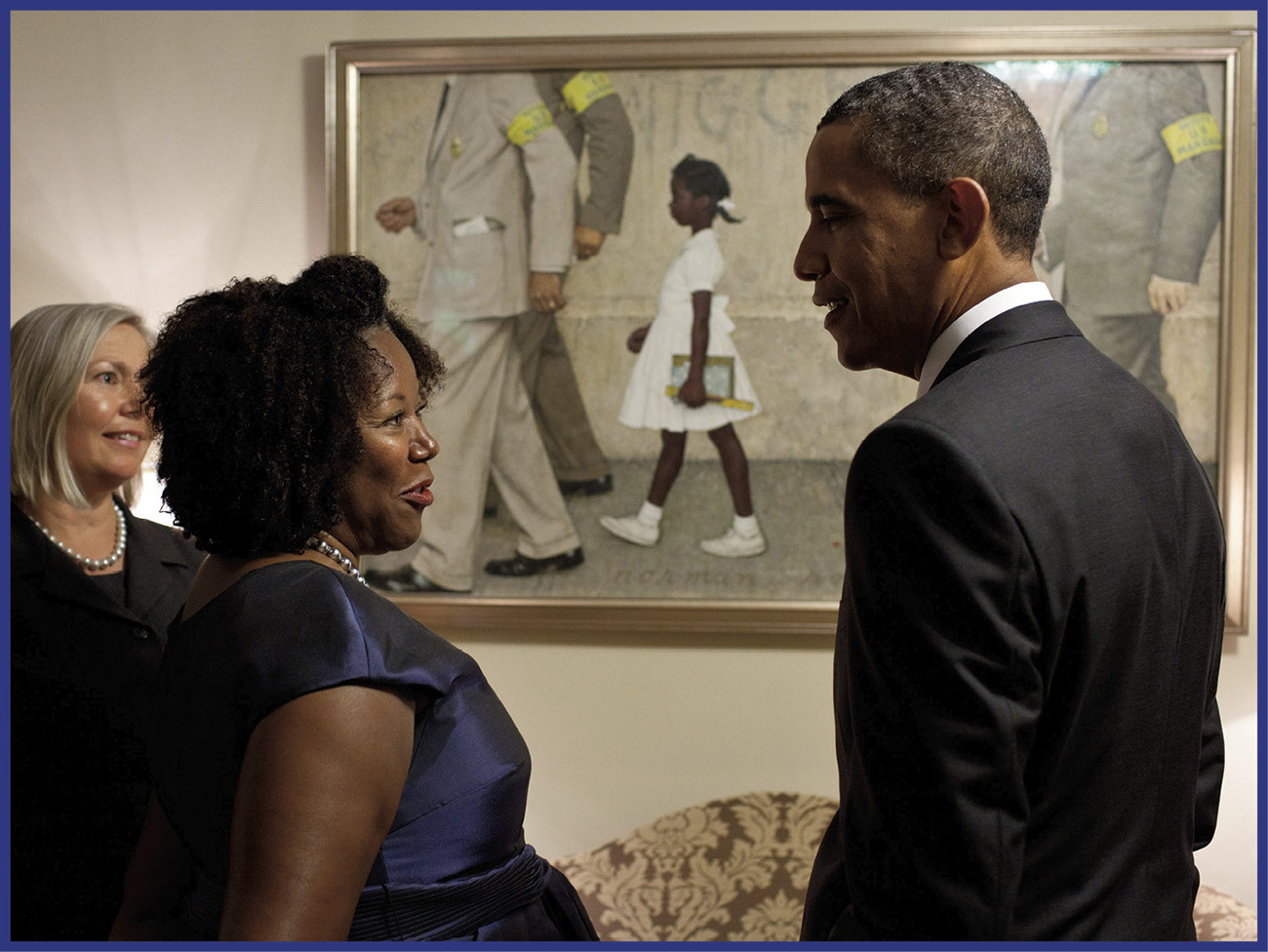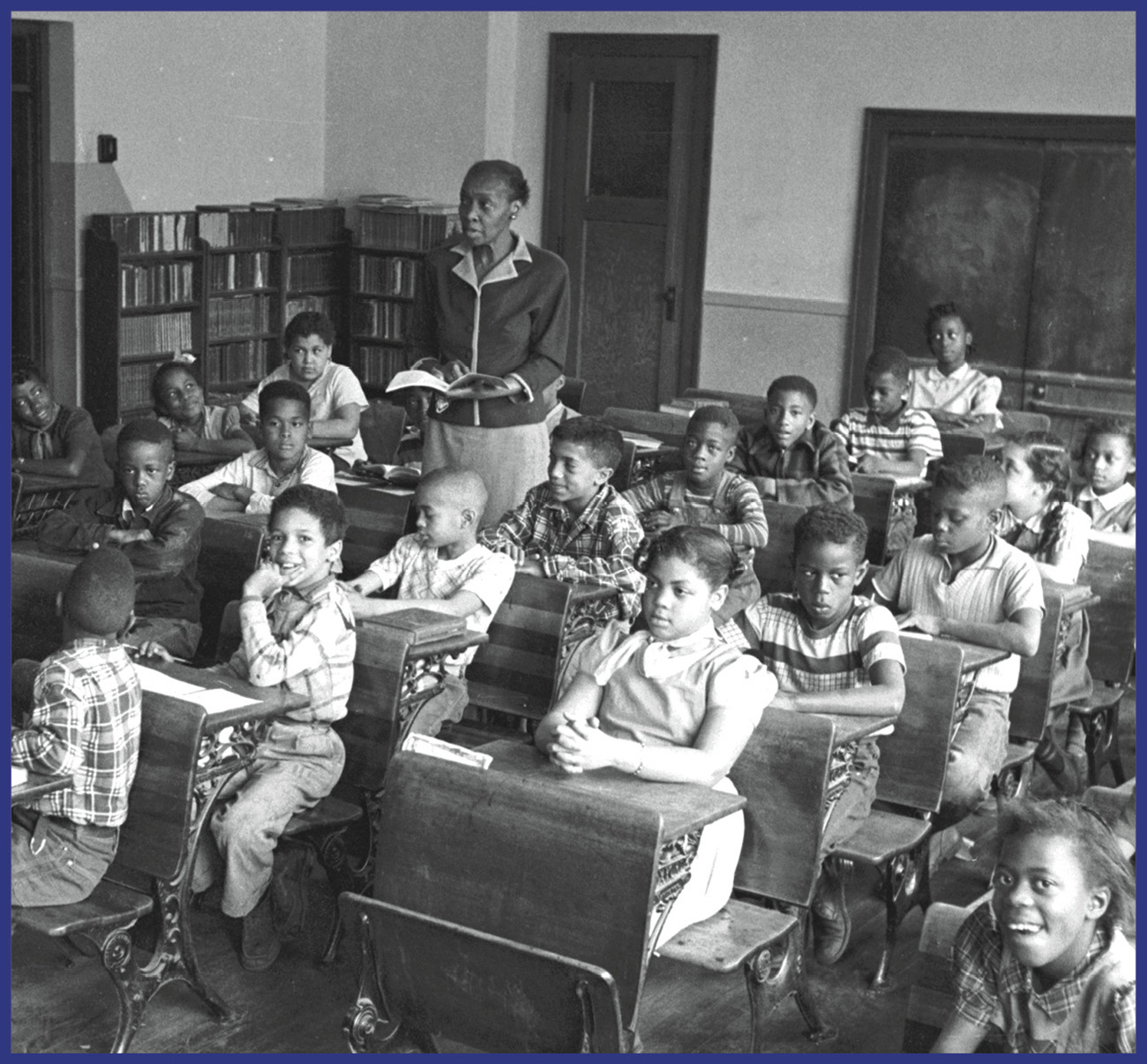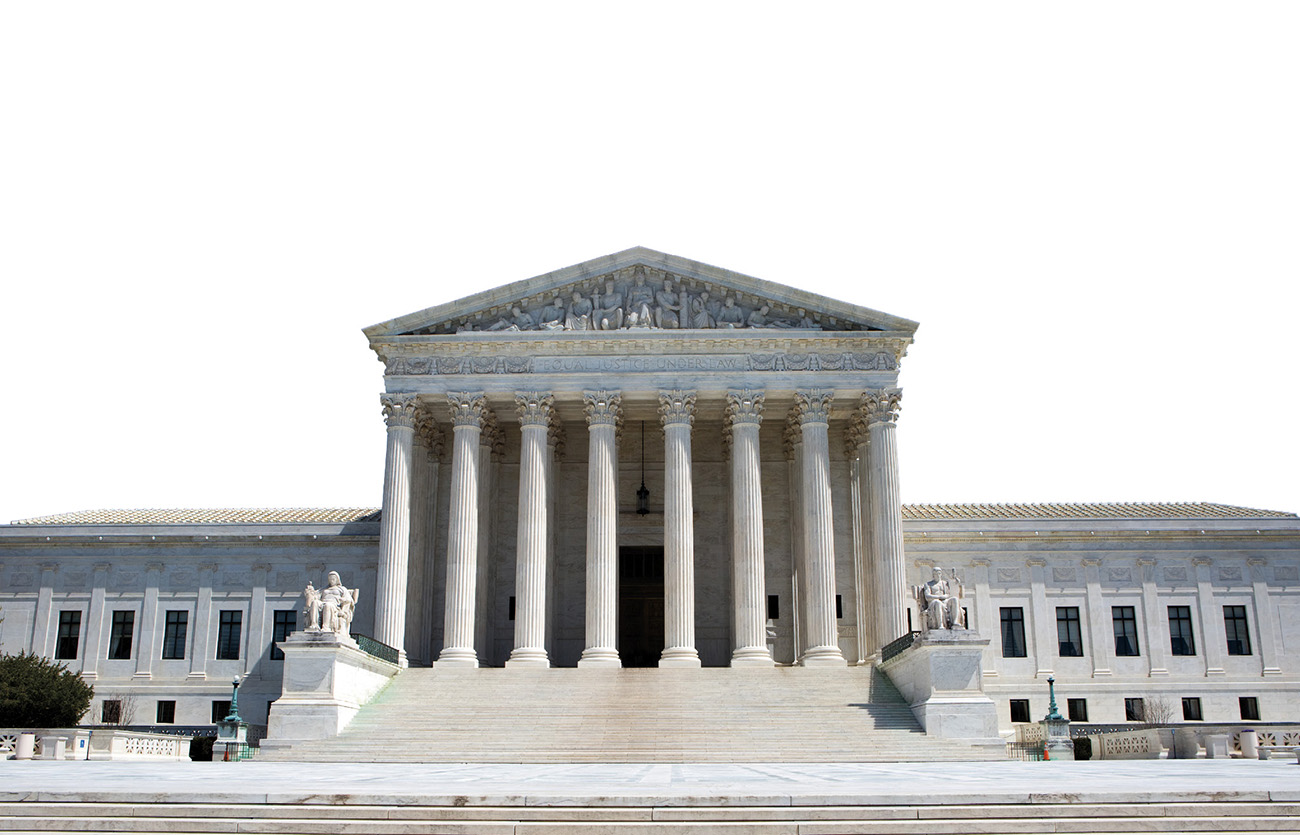Chapter 1
Civil Rights Mean Equal Rights
I never expected to be treated so badly because of who I am.
Coral Aviles
In 2010 a 13-year-old student named Coral Aviles wore a Mexico soccer jersey to school. She wanted to support the country in the World Cup, an international soccer competition. Coral said that a teacher asked her if she was Mexican. When Coral said yes, the teacher asked why Coral was in the United States in front of the entire class.
The middle-school student talked to her principal about what happened. The principal removed Coral from the class for the rest of the school year.
Coral believes she was Corals civil rights.
Fans cheered for Mexico during the World Cup on March 24, 2010.
What Are Civil Rights?
Civil rights are the rights of all people to be treated equally under the law. These rights protect people from being discriminated against because of their gender, race, religion, age, disability, or nationality. One of the most important jobs our government has is to protect the rights of its citizens. Elected representatives pass laws that establish civil rights for all Americans.
FACT
The words civil rights come from the Latin words ius civis, which mean rights of a citizen.
The Justice System and Civil Rights
Civil rights violations are often brought before the court system for review. A person or group might a government body, a business, or a school over a civil rights issue. Judges can order these organizations to change their policies if they are breaking the law.
FACT
The National Association for the Advancement of Colored People (NAACP) is an organization that works to protect a person or groups civil rights and eliminate racial discrimination. The NAACP is the countrys oldest and largest civil rights organization. It was founded in 1909.
Chapter 2
The 14th Amendment: Civil Rights Superstar
The 14th amendment to the U.S. Constitution guarantees that people in this country have the right to be treated equally and fairly. It states that the government cannot pass laws that discriminate or treat people unfairly. The government must protect the rights of all people who live here.
So what is the problem? Despite this amendment, groups of people have not been treated equally in the United States. People have had to fight for their civil rights at different points throughout this countrys history. Some are still fighting today.
Some Civil Rights Events in America
- 1954 | The Brown v. Board of Education of Topeka
- 1955 | Black American Rosa Parks refuses to give up her seat to a white man on a bus in Montgomery, Alabama. Parks is arrested. Black Americans boycott buses in Montgomery on the day of Parks trial
- 1963 | In Birmingham, Alabama, Martin Luther King Jr. and the Southern Christian Leadership Conference (SCLC) lead for the civil rights of African-Americans. A quarter of a million people join the March on Washington, where King delivers his I Have a Dream speech
- 1969 | Police raid a gay bar called the Stonewall Inn in New York City. Violence erupts as people riot. Gay men and women are beaten and arrested. This raid is viewed as the start of the gay rights
- 2015 | The Supreme Court rules that same-sex marriage is a right that is protected by the Constitution. States must allow people of the same sex to marry
There were barricades and people shouting and policemen everywhere As we walked through the crowd, I didnt see any faces. I guess thats because I wasnt very tall and I was surrounded by the marshals. People yelled and threw things. I could see the school building and it looked bigger and nicer than my old school. When we climbed the high steps to the front door, there were policemen in uniforms at the top. The policemen at the door and the crowd behind us made me think this was an important place.
Through My Eyes, by Ruby Bridges
On November 14, 1960, Ruby Bridges became the first black student to attend an all-white elementary school in the South. She was only six years old. Rubys parents pushed to let Ruby attend the school. William Frantz Elementary School was much closer to Rubys house than the all-black school miles away. Her parents also thought she would receive a better education there. A judge ordered the school to accept Ruby as a student.
U.S. marshals walked with Ruby as she left school in November 1960.
FACT
In 1954 the Supreme Court had ruled that black and white children could no longer be separated in school in Brown v. the Board of Education of Topeka.
Fifty years after Ruby Bridges walked into William Frantz Elementary School, she was invited to meet President Barack Obama at the White House. Together they looked at a famous picture that hung outside of the Oval Office. Its a portrait of Ruby walking into school. The painting is The Problem We All Live With, by Norman Rockwell.
Ruby Bridges stood with President Obama in front of Rockwells painting of her at the White House.
I think its fair to say that if it wasnt for you guys, I wouldnt be here today.
President Obama to Ruby Bridges
Segregated Schools
Before 1954 public schools in the South were segregated. This meant that black and white children could not go to school together. Schools for black students were supposed to be as good as schools for white students, but they werent. Most black schools were not given the same amount of money or supplies for their students.
Students sat at desks in an all-black elementary school in Kansas in 1953.
Affirmative Action and Civil Rights
In 1973 groups. Bakke wasnt allowed in, even though his grades and test scores were higher than some of the students who had been accepted. Bakke believed his civil rights had been violated. Others supported the universitys affirmative action program. They argued that the schools policies were necessary to protect the rights of minority students.


